On the muddy banks of rivers and wetlands, an unlikely hero—and sometimes villain—skitters beneath the surface: the crawfish. These small, armored crustaceans, sometimes called crayfish or mudbugs, have quietly stirred up a storm in the world of conservation. What was once considered a simple Southern delicacy has now become a symbol of ecological conflict, pitting environmentalists, fishermen, and scientists against each other in a high-stakes struggle over the future of our rivers and wetlands. How did a humble crawfish come to stand at the center of such heated debate? The answer is as tangled as the roots in a bayou, revealing surprising truths about biodiversity, invasive species, and the delicate balance of our natural world.
The Crawfish: More Than Just Mudbugs

Crawfish have long captured the fascination of people, not only for their quirky backward scuttle but also for their role in culinary traditions, especially in places like Louisiana. Yet, beyond the dinner table, these crustaceans play a vital part in the ecosystems of freshwater streams, ponds, and marshes around the world. They are engineers, burrowers, and recyclers—turning over soil, providing food for predators, and even maintaining water quality by feeding on decaying matter. With over 600 species identified globally, crawfish are as diverse as they are intriguing, and their presence or absence can have dramatic effects on the environments they call home.
Native Species: Guardians of the Wetlands
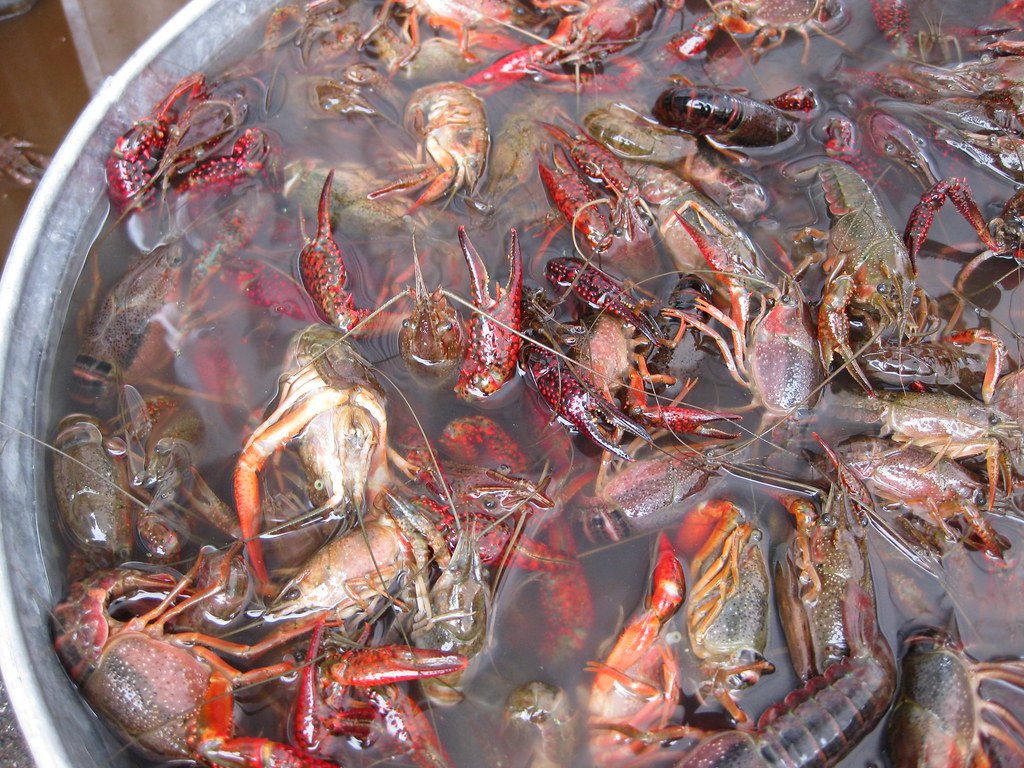
In their native habitats, crawfish are a cornerstone of healthy aquatic ecosystems. They offer a food source for fish, birds, mammals, and even reptiles. Their burrowing aerates the mud, helping plant roots grow and maintaining the structure of wetland soils. Some species are so specialized that they exist only in a single spring or stream, making them highly vulnerable to changes in their environment. The loss of native crawfish can send shockwaves through an ecosystem, disrupting food webs and altering water chemistry. Their survival is tightly linked to the health of the wetlands, making them a focus for conservationists working to protect these fragile habitats.
Invasive Crawfish: Uninvited Guests
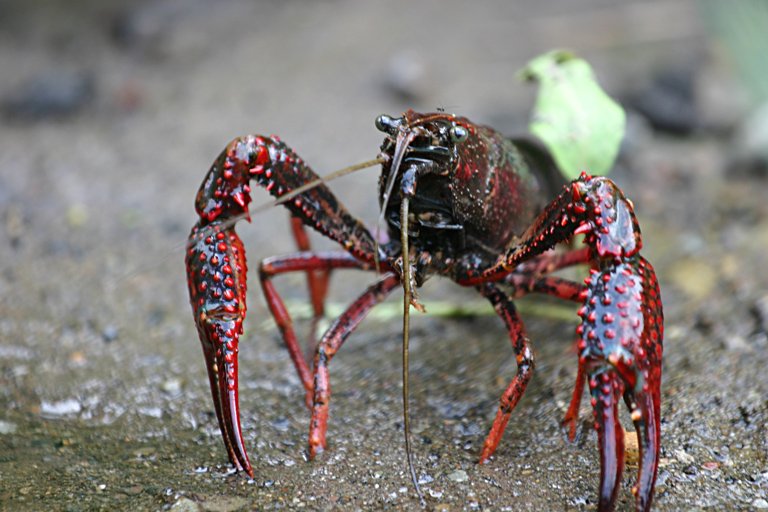
While native crawfish are ecological treasures, their close relatives can become ecological nightmares when introduced into new regions. The red swamp crawfish, for example, has been unwittingly transported around the world through the aquarium trade, live food markets, and even bait buckets. Once established, these invaders can outcompete native species for food and space, devastate aquatic plants with their voracious appetites, and even alter the shape of riverbanks with their relentless digging. In Europe and parts of Asia, invasive crawfish have driven local species to the brink of extinction and transformed entire landscapes.
The Global Spread: Crawfish on the Move
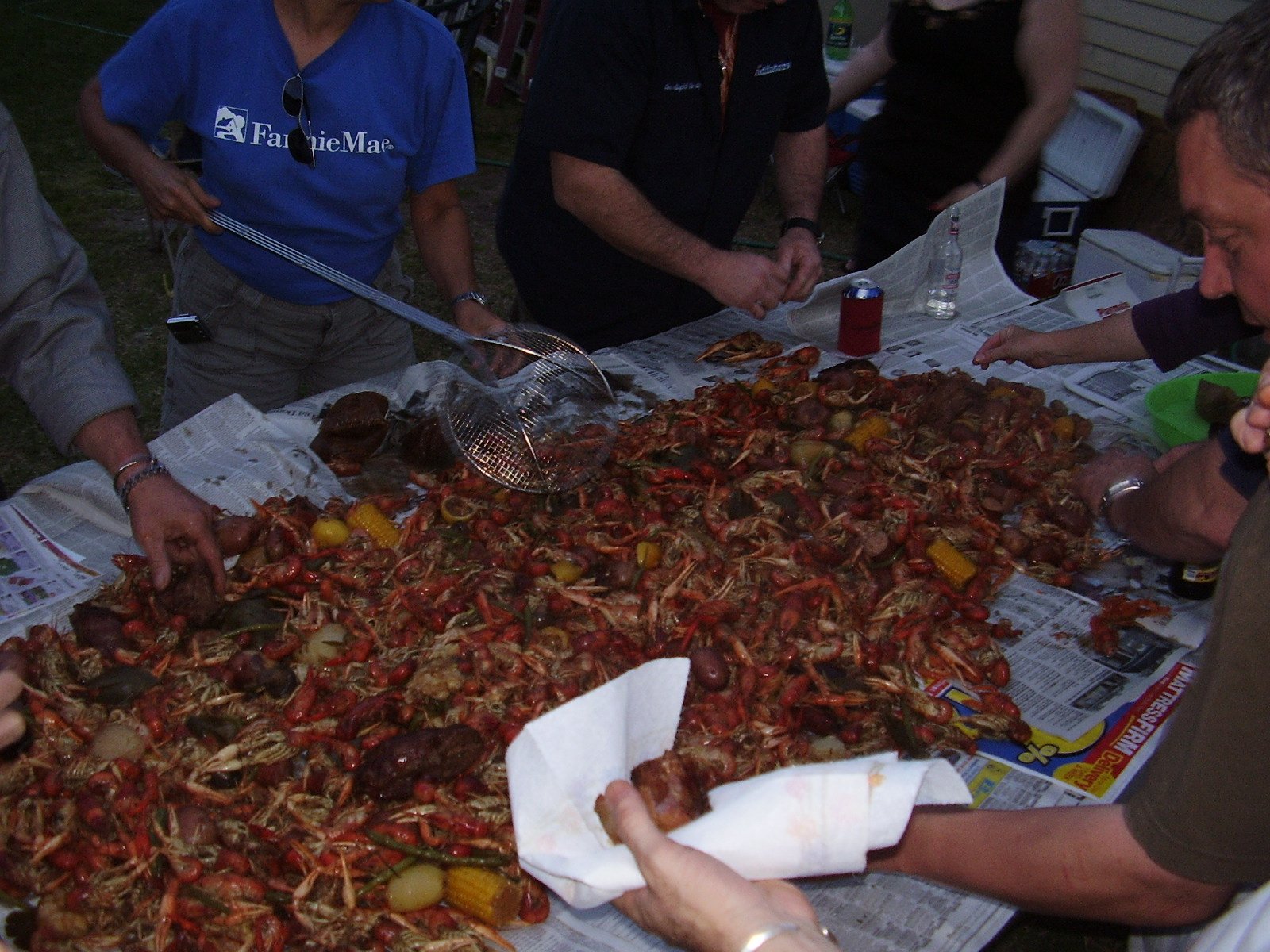
The journey of the crawfish from local specialty to global menace is a story of unintended consequences. Human activities have accelerated their spread, sometimes intentionally for aquaculture, sometimes accidentally. In countries like the United Kingdom and Japan, non-native crawfish have multiplied rapidly, colonizing lakes, rivers, and canals. Their adaptability and resilience make them almost impossible to eradicate once they gain a foothold. The ripple effects have been profound—threatening native biodiversity, clogging irrigation systems, and undermining flood defenses.
Crawfish Plagues: A Biodiversity Crisis
Invasive crawfish don’t just compete for resources; they can also spread deadly diseases. One notorious example is the crayfish plague, a fungal infection carried by North American species but lethal to European crawfish. Outbreaks have wiped out entire populations in a matter of weeks, leaving rivers eerily empty and local economies reeling. The loss of native species also impacts other wildlife, from otters to waterfowl, who rely on them for food. The cascading effects of these plagues reveal just how interconnected—and vulnerable—our ecosystems truly are.
Economic Ripples: Winners and Losers

The crawfish boom has brought economic benefits as well as headaches. In the United States, commercial crawfish farming supports thousands of jobs and generates millions of dollars annually. Yet, in regions where invasive species dominate, the costs can quickly outweigh the gains. Damaged crops, blocked waterways, and the loss of native biodiversity all carry hefty price tags. Governments and local communities find themselves caught between the promise of prosperity and the peril of ecological collapse, struggling to find solutions that balance short-term needs with long-term sustainability.
Conservation Clashes: Science Meets Tradition
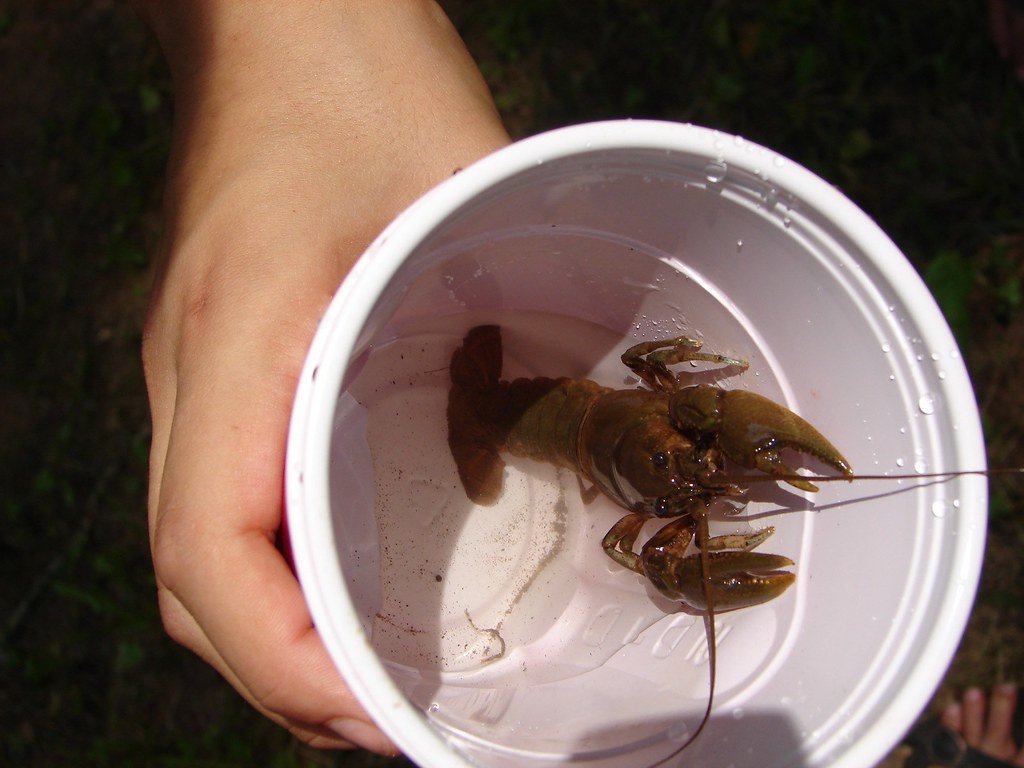
Efforts to control invasive crawfish often run headlong into local traditions and livelihoods. In some areas, people have fished crawfish for generations, and eradication campaigns can spark fierce resistance. Scientists and conservationists must navigate a tricky landscape—building trust, sharing knowledge, and sometimes finding compromise with those whose lives are intertwined with the little crustaceans. These clashes highlight the broader challenge of conservation in a changing world: how to protect ecosystems without erasing the cultures and economies that depend on them.
Saving the Natives: Bold Strategies and Hopeful Stories
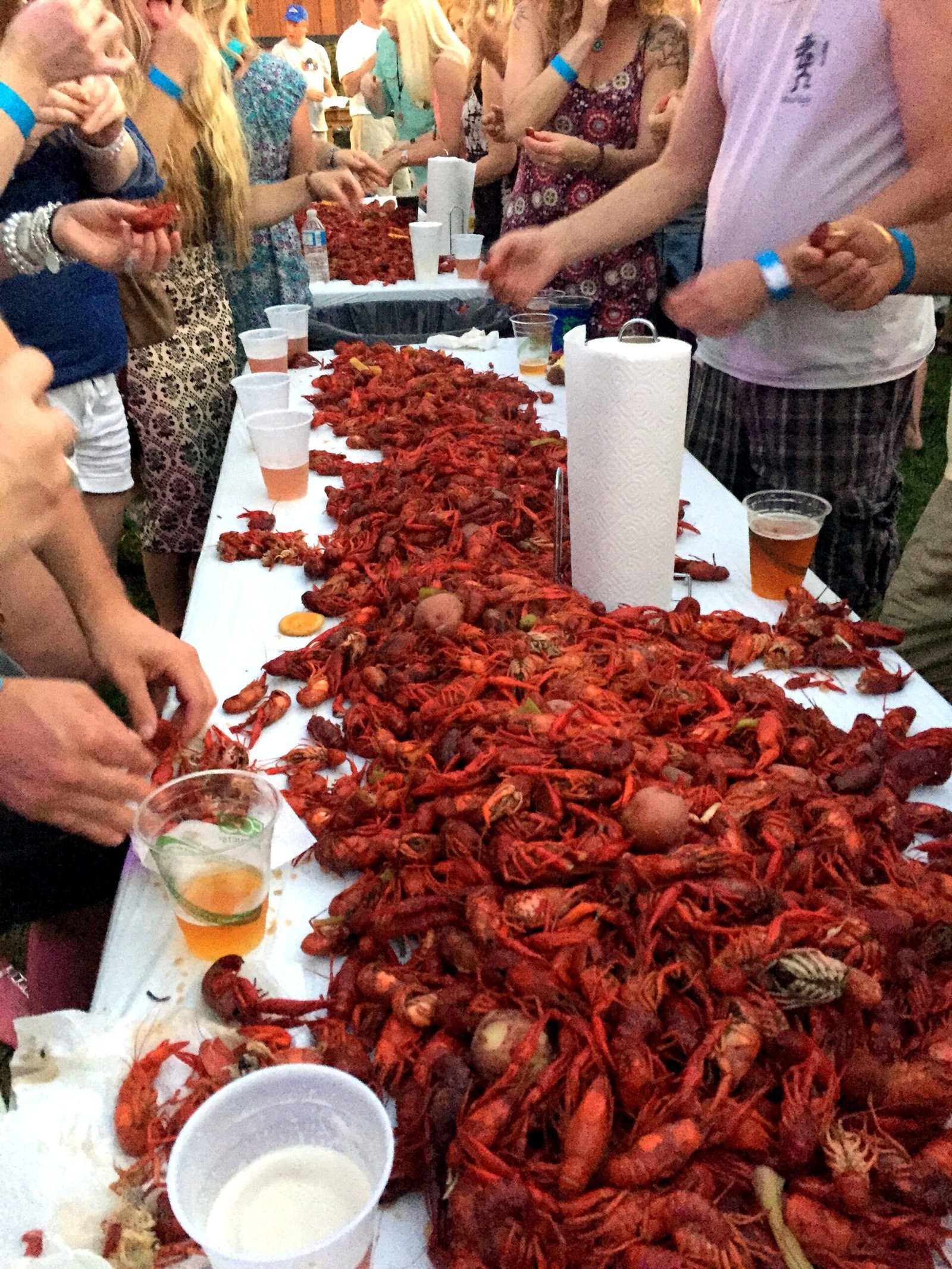
Despite the challenges, there are stories of hope. Conservationists have launched ambitious projects to rescue endangered native crawfish, from breeding programs to habitat restoration. In some places, restrictions on the movement of live crawfish and stricter regulations on aquaculture have helped slow the spread of invaders. Public education campaigns are raising awareness about the dangers of releasing non-native species into the wild. These efforts show that with creativity and determination, it is possible to turn the tide—at least in some corners of the world.
The Role of Research: Unlocking Crawfish Secrets
Scientists are working tirelessly to unravel the mysteries of crawfish biology and ecology. By studying their genetics, behavior, and interactions with other species, researchers hope to develop new tools for conservation and management. Some are experimenting with biological controls, such as introducing natural predators or diseases that specifically target invasive crawfish. Others are mapping the distribution of species to identify critical habitats for protection. This research is essential for crafting effective strategies and ensuring a future where both people and wildlife can thrive.
What the Crawfish Teaches Us About Conservation
The saga of the crawfish reveals the complexity of conservation in a globalized world. It is a story of unexpected consequences, hard choices, and the constant push and pull between nature and human society. Crawfish remind us that even the smallest creatures can have outsized impacts—both positive and negative—on the places we call home. Their journey from muddy streams to conservation flashpoint forces us to confront uncomfortable truths about our relationship with the natural world, and challenges us to become better stewards of the fragile web of life that sustains us all.



